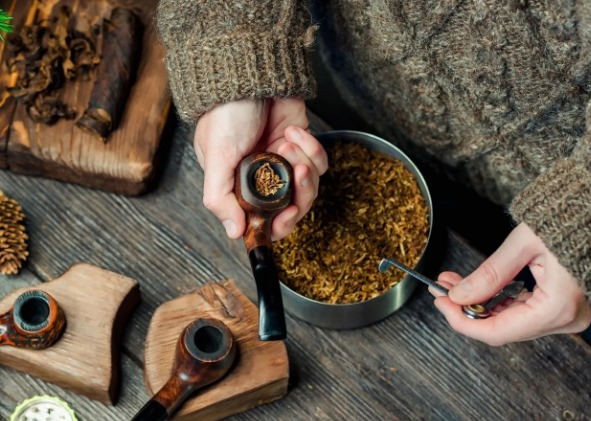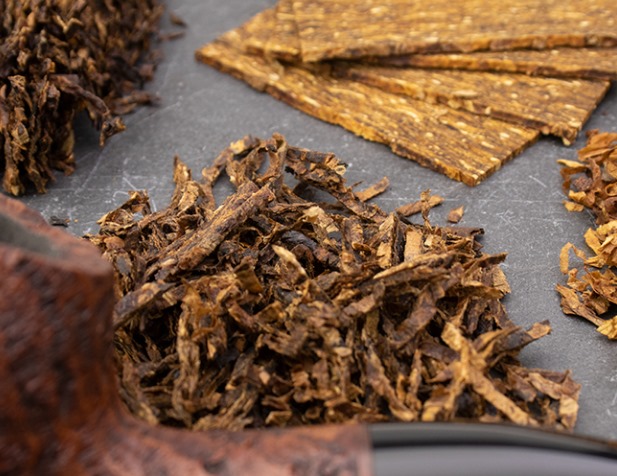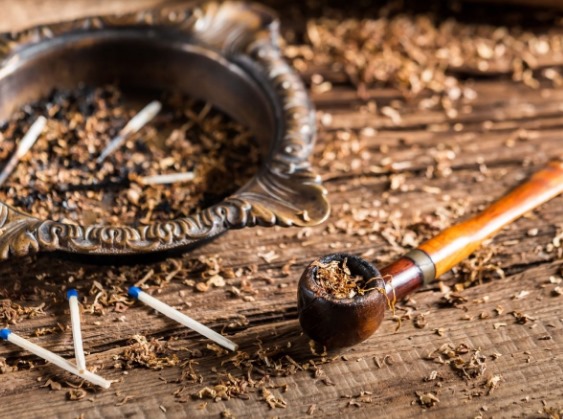Pipe tobacco offers an incredible range of styles and flavors developed over centuries of cultivation and blending techniques. Unlike mass-produced cigarettes, pipe tobaccos showcase regional characteristics and artisanal craftsmanship similar to fine wines or spirits.

Unflavored Blends
Traditional unflavored blends rely solely on natural tobacco characteristics. These were historically called "English" blends due to purity laws restricting additives. Modern unflavored tobaccos combine different leaf varieties to create complex profiles without artificial flavorings.

Flavored/Aromatic Blends
Flavored tobaccos use various casing and topping techniques to enhance the natural leaf. Common approaches include:
- Dutch-style: Golden Cavendish processed with molasses for subtle sweetness
- American aromatics: Heavy fruit or vanilla flavorings over black Cavendish
- Lakeland blends: Traditional English recipes using floral and spice extracts
These aromatic blends burn cooler than straight Virginias but require careful packing and slow smoking to prevent tongue bite. The flavorings can ghost pipes, so many smokers dedicate specific pipes to aromatics.

Cut and Presentation
Pipe tobacco comes in various cuts that affect smoking characteristics:
- Ribbon: Most common, easy to pack and light
- Flake: Pressed leaves that burn slower and cooler
- Plug/Twist: Traditional compressed formats requiring preparation
The cut significantly influences combustion rate and flavor delivery. Flakes and plugs generally provide a more concentrated taste and slower burn than loose-cut ribbons.
Additional Notes
Modern cigarette manufacturing has evolved with automated packaging systems for both soft and hard pack formats. Heat-not-burn products represent a newer category that heats rather than burns tobacco, while e-cigarettes vaporize nicotine solutions without combustion.
